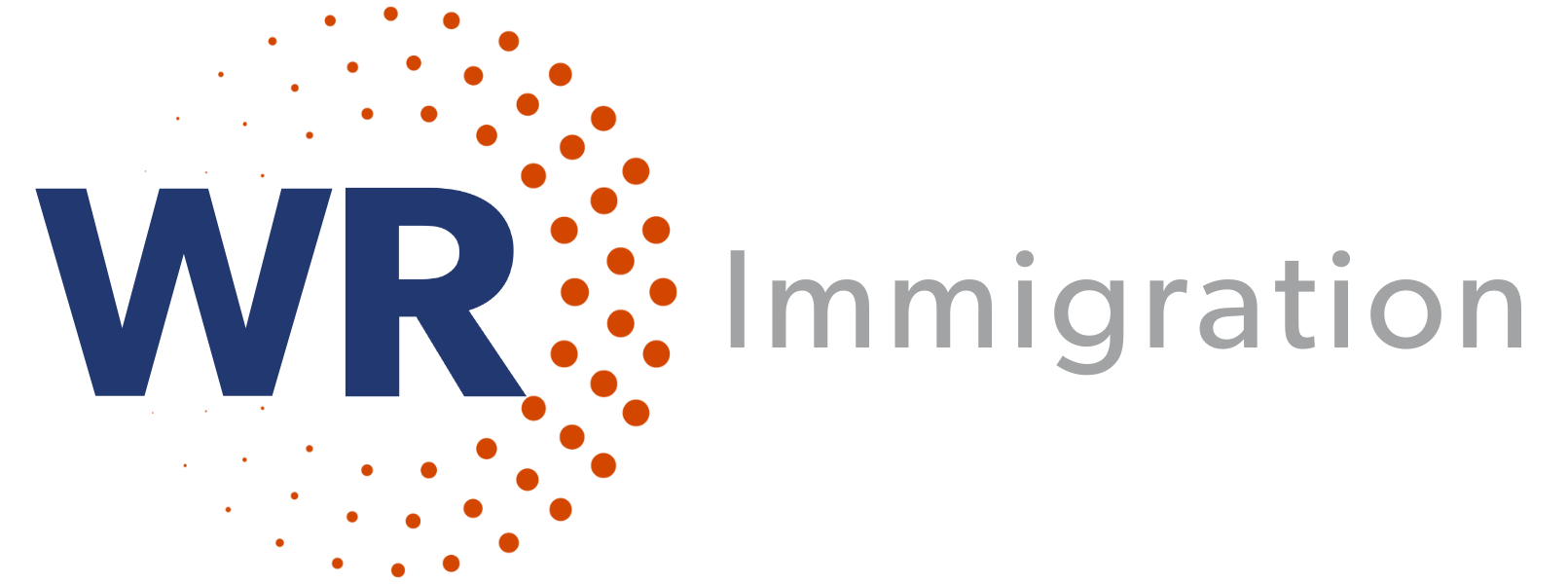As businesses begin to reorient after a year of unexpected changes, hiring pauses, and remote work, HR professionals are reimagining the workplace in a post-pandemic world, creating structured workforces that are agile, inclusive, and focused on future growth.
The signs of growth are clear. Venture capital funding has reached record highs throughout the U.S. and especially in Life Sciences. In New York City alone, the sector has been growing at its fastest pace since 2000: it expanded 3.2% year-over-year, and the first quarter of 2021 saw the highest quarterly total of venture capital funding for Life Sciences, according to CBRE’s report.
This type of growth in Life Sciences today and through the coming years indicates that the fierce competition to acquire and retain the best talent will continue, both here in the U.S. and globally.
As Life Sciences companies keep this momentum, they will need to move from reactive transitioning necessitated by the pandemic to a more focused transformation.
HR is at the center of navigating this turbulent environment to create a strong team to provide stability within an organization. What will this uncharted area and expanded funding mean for its recruiting efforts? Trends point to an increased focus on efficiency, expanded flexibility, and a lot more diversity.
If there is one positive to take away from the pandemic, it’s the ability of certain functions to successfully perform remotely. Recruiting falls within this category. The new virtual landscape makes searching for global talent more fluid and responsive, with greater opportunities to connect with “best fit” candidates.
As a highly specialized industry, the Life Sciences sector often focuses on recruiting talent for specific skill sets, wherever that talent may be. In 2018, more than 43% of life scientists, such as biologists and health scientists, and 36% of physical scientists, such as chemists, were foreign-born workers. With borders reopening, greater efficiency in engaging remotely, and increased interest from the VC community, there is an opportunity to more aggressively recruit talent from around the world.
With more accessibility to talent in different regions, a strong focus on developing an inclusive hiring process can provide companies with more flexibility and convenience to build their best team.
“If you want diversity, equity, and inclusion to be a core part of your talent acquisition strategy, focusing more on your virtual strategy than your in-person strategy will do wonders,” according to the co-founder and CEO of WayUp, Liz Wessel.
With current and future workforce changes, global organizations will be required to build strategic solutions that include recruiting, talent acquisition, and retention. We at WR Immigration have an exemplary track record of building and managing immigration programs that help bring global talent into our clients’ organizations. Our business immigration services achieve a wrap-around experience, with full-service solutions for small and medium-sized emerging and VC-funded companies up to multinational enterprises and research institutions. To learn more about how we can help you manage or build your business immigration program, contact us.


